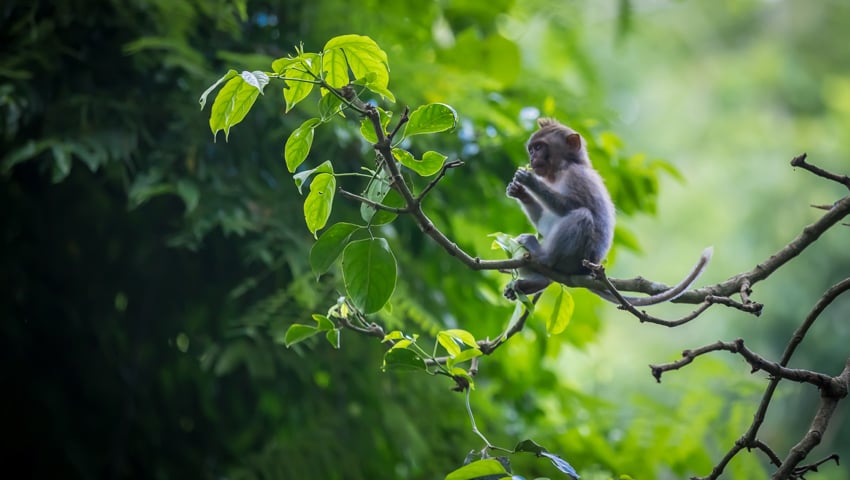Researchers have analysed data from 127 studies to reveal ‘thresholds’ for when logged rainforests lose the ability to sustain themselves.
The results could widen the scope of which forests are considered ‘worth’ conserving, but also show how much logging degrades forests beyond the point of no return.
The first-of-its-kind study, led by researchers from the Department of Life Sciences at Imperial College London, and involving contributions from Dr Lois Kinneen at the University of Reading, has been published in Nature.
The team looked at data from 127 plant and animal surveys covering more than 10 years in the same site in Sabah, Malaysia.
The site, named the Stability of Altered Forest Ecosystems (SAFE) Project, includes a gradient of landscapes, including unlogged primary forests, selectively logged forests, protected riparian ‘buffer’ forests, and land converted into oil palm plantations that represent 99% of forest removal.
While no level of forest degradation through logging was too low to have an impact on the ecosystem, the results showed that forests that had lost less than 29 per cent of ‘biomass’ (total weight of organic matter) retained relatively high biodiversity and ecological value, and, if left alone, are likely to recover.
Dr Lois Kinneen said, “This study has the potential to change our perception of forest conservation. Our research indicates that forests can still be incredibly valuable if they haven’t lost more than about a third of their trees. This could mean we have more forests to protect than we thought. It’s not just pristine, untouched forests that matter – partially logged areas are worth saving too. These findings give us new hope and direction in our fight to protect nature and stop species from going extinct.”
Preventing extinction
Above 68 per cent biomass removal, however, many types of plants and animals formed communities that were effectively ‘scrambled’ by extinctions and invasive species. In these areas, intensive proactive conservation efforts would be needed to restore biodiversity. Beyond this, the forests rapidly lost the ability to sustain themselves – to act as complete, functioning ecosystems.
Lead researcher Professor Robert Ewers, from the Department of Life Sciences at Imperial College London, said, “There has been a tendency in conservation to think of pristine forests as the only ones worth investing in – that logged forests were not worth looking at.
“What we’ve shown is that the potential ‘conservation estate’ is much larger than we thought, and while pristine forests are shrinking worldwide, this doesn’t mean all hope is lost, and there are other forests we can protect to preserve biodiversity.”
“A study like this has never been done, where so much data across landscapes, species and time have been collected together to determine critical thresholds. We now have a framework for assessing where these change points might be in other ecosystems.
“This is hopeful for conservation, giving us the tools to plot a course out of the extinction crisis more quickly.”
Nature worth preserving
Governments and policymakers in different countries use various measures to assess the likelihood of logging causing serious harm to local ecosystems. However, these can be imprecise as there isn’t a universal definition for which environments can be classified as forests.
Every environment is different, but the researchers think their results should be broadly applicable across the tropical rainforests of South-East Asia.
The Malaysian SAFE Project surveys counted the occurrences of 590 plants (including grasses, herbs, and woody trees), 88 mammals (including bats), 161 birds, 9 reptiles, 42 amphibians, 26 fish, and 635 invertebrates (including 263 beetles, 199 moths and butterflies, 130 ants, and 33 spiders), noting the impacts on each of the extent of logging damage.
Visit the Stability of Altered Forest Ecosystems (SAFE) Project website
